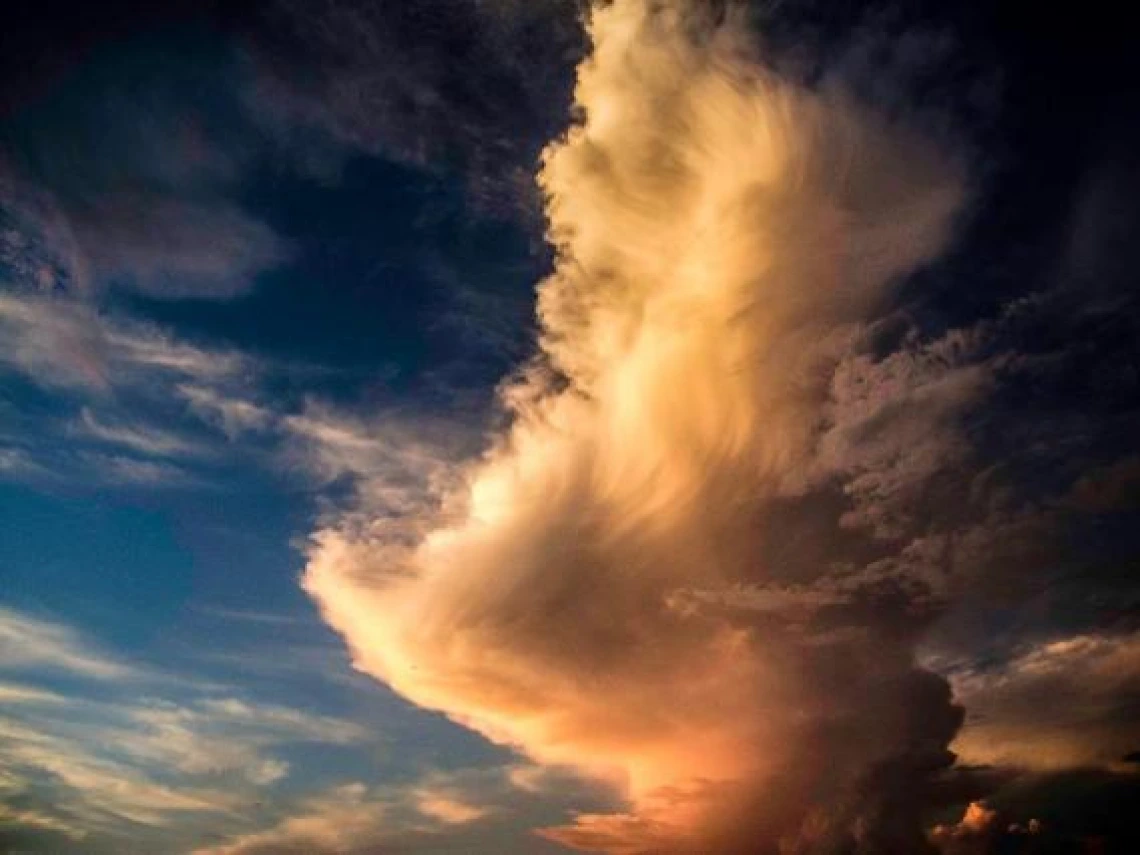4th National Climate Assessment reports released

Courtesy of Institute of the Environment
Volume 1 of the Fourth National Climate Assessment (NCA4), the Climate Science Special Report (CSSR), was released by the U.S. federal government on November 3. It found a 1.8° F (1° C) increase in surface air temperature globally over the last 115 years (1901 to 2016), making this period the warmest in the history of modern civilization. It also concludes that it is “extremely likely that human activities, especially emissions of greenhouse gases, are the dominant cause of the observed warming since the mid-20th century,” noting that there is no convincing alternative explanation. A rise of global average sea levels of 7 to 8 inches since 1900 was also noted, along with a predicted rise of 1 to 4 feet by 2100, with an 8-foot rise by 2100 possible.
Other key observations/conclusions in the report: heavy rainfall is increasing in intensity and frequency globally and is expected to increase; average annual temperatures are expected to rise by 2.5° F in the United States from 2021 to 2050 under all plausible future climate scenarios; large forest fires in the West are projected to increase in incidence; and earlier spring snow melt and reduced snowpack are already affecting water resources in the western United States.
The National Climate Assessment is mandated every four years by the Global Change Research Act of 1990. The report is the product of the thirteen federal agencies within the U.S. Global Change Research Program (USGCRP), and is authored by dozens of federal and non-federal scientists. The CSSR is an exhaustive review of the state of knowledge of climate science, and went through five rounds of peer review by the USGCRP agencies, (including NOAA, NASA, DoD, the State Department, DOE, EPA, DOI, USDA and others), as well as public and National Academy of Sciences reviews. The report is an authoritative assessment of the science of climate change with a focus on the U.S., and serves as the foundation for efforts to assess climate-related risks and inform decision-making about responses.
Also released on Nov. 3 for public comment was the first draft of the full NCA4 report, Volume II of NCA4, titled Climate Change Impacts, Risks, and Adaptation in the U.S. (draft). This report discusses the impacts of climate change on regions and sectors across the US, and includes several new chapters, including a chapter on International impacts. The third report released on Nov. 3 was a draft for public comment of the 2nd State of the Carbon Cycle Report (SOCCR-2). This report is an update on the state of knowledge of carbon sources and sinks, as well as carbon cycle science more generally. To comment on these drafts, visit https://review.globalchange.gov/
There had been wariness that the Trump Administration, which has been skeptical of climate science and the human role in causing global temperatures to rise, would interfere with the issuance of the report, but that was not the case. In an interview with E&E News, published in Climatewire on November 6, CCASS Director Kathy Jacobs, who led the previous (Third) National Climate Assessment, said, "It is important that this report has come out, and it's impressive, actually, that the administration has agreed to release it. So we're very hopeful that this means that this is a [conversation] people are allowed to have now," said Kathy Jacobs, a former White House Office of Science and Technology Policy official who worked on the three previous National Climate Assessments. My guess is they do not want to have that debate. [The administration] actually would like this report to come out and have there not be many ripples, and I think that's probably why there haven't been many changes to it."

